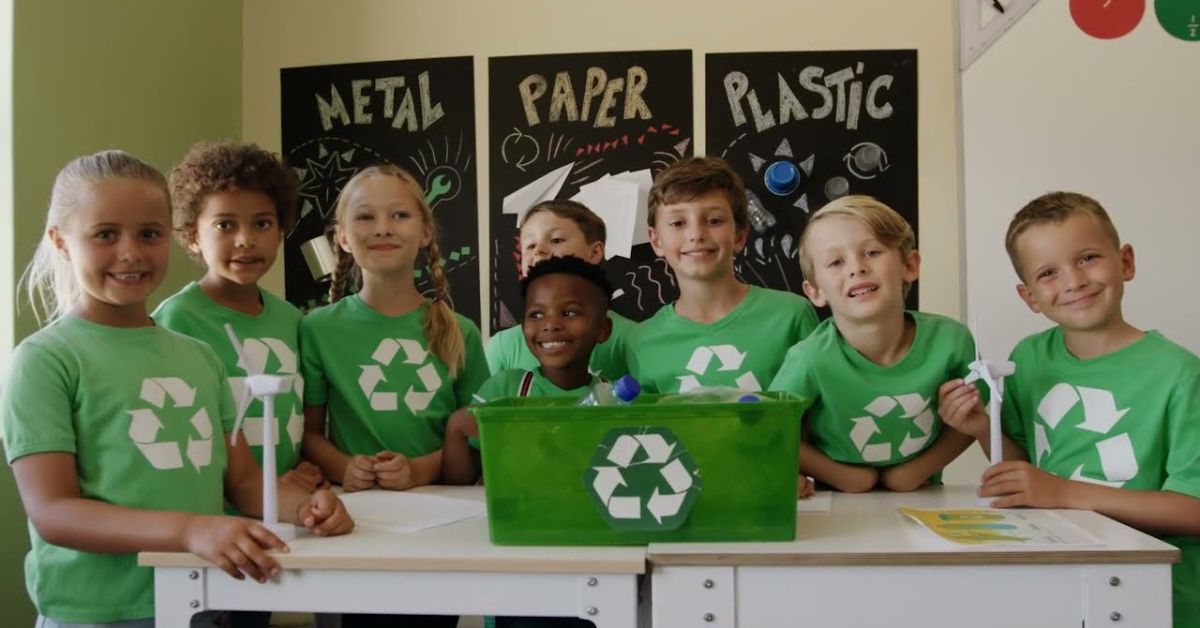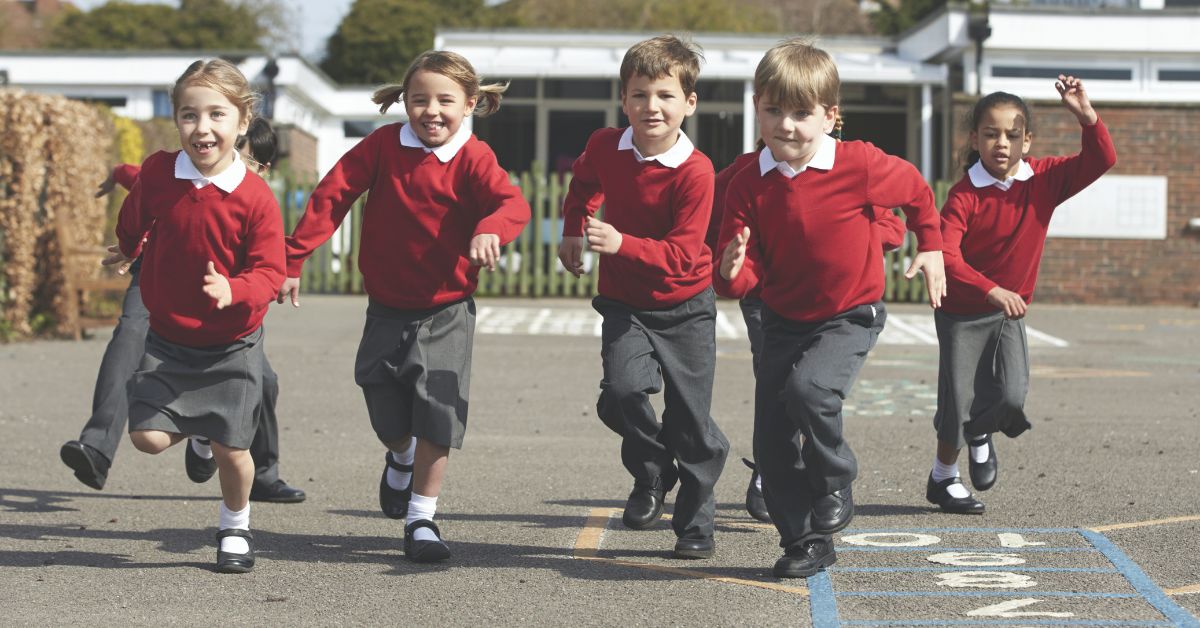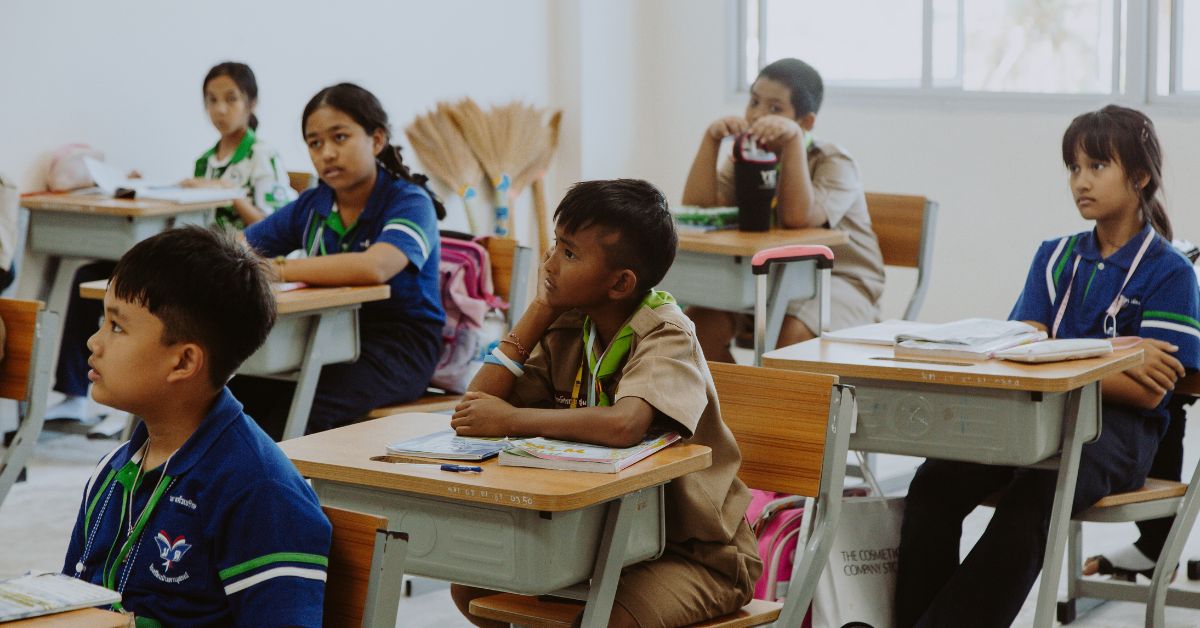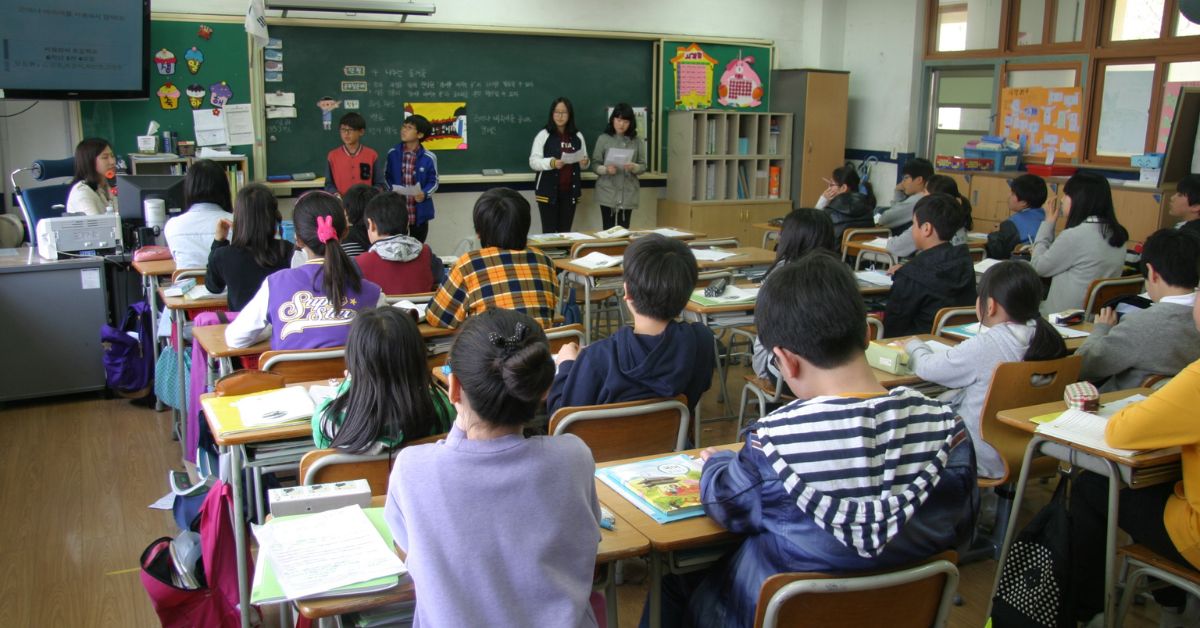Sustainability means taking care of the Earth so that future generations can live happy, healthy lives. Schools are perfect places to start building habits that protect our planet.
In Vermont and across the world, students and teachers are finding easy and meaningful ways to make school life more eco-friendly. You don’t need a big budget or fancy tools — just some good ideas and teamwork.
Here are simple ways to make every school day greener, cleaner, and better for the planet.
1. Say No to Single-Use Plastics
One of the easiest ways to go green is to stop using things like plastic water bottles, forks, or straws.
Try this instead:
- Bring a reusable water bottle
- Use metal or bamboo cutlery
- Pack lunch in reusable containers
This small change can stop hundreds of plastic items from ending up in the ocean or landfill.
2. Start a School Garden
Even a small garden can teach students about nature, science, and healthy food. A few raised beds or pots can grow:
- Vegetables like tomatoes and lettuce
- Herbs like mint and basil
- Flowers that attract bees and butterflies
Students can take care of the garden, cook with what they grow, and even share food with the community.
3. Set Up a Recycling Station
Many students throw things away without thinking. Having clearly marked bins for:
- Paper
- Plastic
- Metal
- Food waste
…can teach everyone how to recycle right and reduce trash.
Make it fun by creating a student “Green Team” to lead the program!
4. Save Energy with Simple Habits
Even small changes in classrooms can help cut down energy use.
Try this:
- Turn off lights when not in use
- Shut down computers after class
- Open blinds instead of using lights
These habits are easy to learn and can save a lot of energy over time.
5. Reduce Food Waste in the Cafeteria
A lot of good food gets thrown away at school. Students can help by:
- Taking only what they’ll eat
- Starting a share table for extra, unopened food
- Composting food scraps from lunch
Composting turns leftovers into rich soil for gardens!
6. Learn About Sustainability in Class
Teachers can include eco-friendly topics in many subjects:
- Science: Learn about climate change or renewable energy
- Math: Track energy or water use
- Art: Make projects from recycled materials
- English: Write essays or speeches about saving the planet
Learning about the environment makes students more aware and responsible.
7. Choose Greener Ways to Get to School
Cars pollute the air. Walking, biking, or carpooling to school is better for the Earth and your health.
Ideas:
- Walk or bike once a week
- Join a “Walking School Bus” group
- Organize carpool days with friends
Less traffic = cleaner air = happier planet.
8. Talk About It and Inspire Others
Students have strong voices! You can:
- Share green tips during morning announcements
- Create posters or social media posts
- Host Earth Day or Eco Week events at school
When you talk about sustainability, more people will join the effort.
9. Clean Up Your School and Neighborhood
Help keep your school grounds or nearby parks clean. Organize:
- Trash pickup days
- Tree planting events
- Community garden projects
These activities are fun, build teamwork, and help everyone feel proud of their surroundings.
Conclusion
Making your school more sustainable doesn’t have to be hard. Small steps — like using a reusable bottle, planting a few veggies, or turning off lights — can lead to big changes over time.
When students, teachers, and families work together, schools become leaders in protecting the planet. Vermont is already showing how simple ideas can lead to powerful results — and your school can too.








